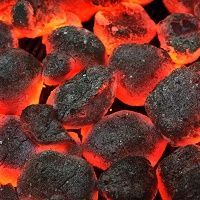Article
Is Data Analytics the Answer to Physician Burnout?
Big data is now being used to model and predict all kinds of things. Should we now use it to identify physicians at risk of burnout?

Physician burnout is rampant. Most successful interventions involve a combination of long-term personal and organizational strategies to prevent recidivism, high dropout rates, or suicide.
In my view, we need to PISS on physician burnout.
1. Prevention. Burnout prevention interventions are effective but they tend to need to periodic reinforcement.
2. Innovation. We need better ways to intervene and prevent relapse
3. Surveillance. Few health service organizations or academic medical centers monitor burnout or employee disengagement. They usually depend on self-reporting or flushing out the bad apples. This does not work. Doctors, like military personnel, have a warrior mentality that stigmatizes those who won't “man up.”
4. Stewardship. We need better ways to shield harried doctors from adminstrivia and anything that prevents them from practicing to the top of their license.
Surveillance is getting more sophisticated in many industries using data science and predictive analytics to identify outliers. Sick-care data practitioners are using it to predict everything from patient consumer preferences to which diabetic patients are likely to go to the ER or be readmitted following hospitalization.
Now, officials at the University of Maryland system have begun to analyze student data—grades, financial aid information, demographics, even how often they swipe their ID cards at the library or the dining hall—to find undergraduates who are at risk of dropping out.
The primary concerns, as you can imagine, are privacy, security, risk of unauthorized use of the information and downstream adverse consequences, and the professional or administrative impact of the findings. It might also not be a valid way to find and help targeted students. On the other hand, if used in the true spirit of identifying at risk doctors and intervening, then valid data analytics might be a useful tool.
At this point, given the proper protections, burnout predictive analytics might alert us to the early warning signs of student, resident, and practitioner burnout. However, to be truly effective, we need more data about burnout data. Otherwise, we might make things worse and the embers of burnout might keep burning.




